7 Best Home Renovations That Can Help Enhance Your Home Resale Value
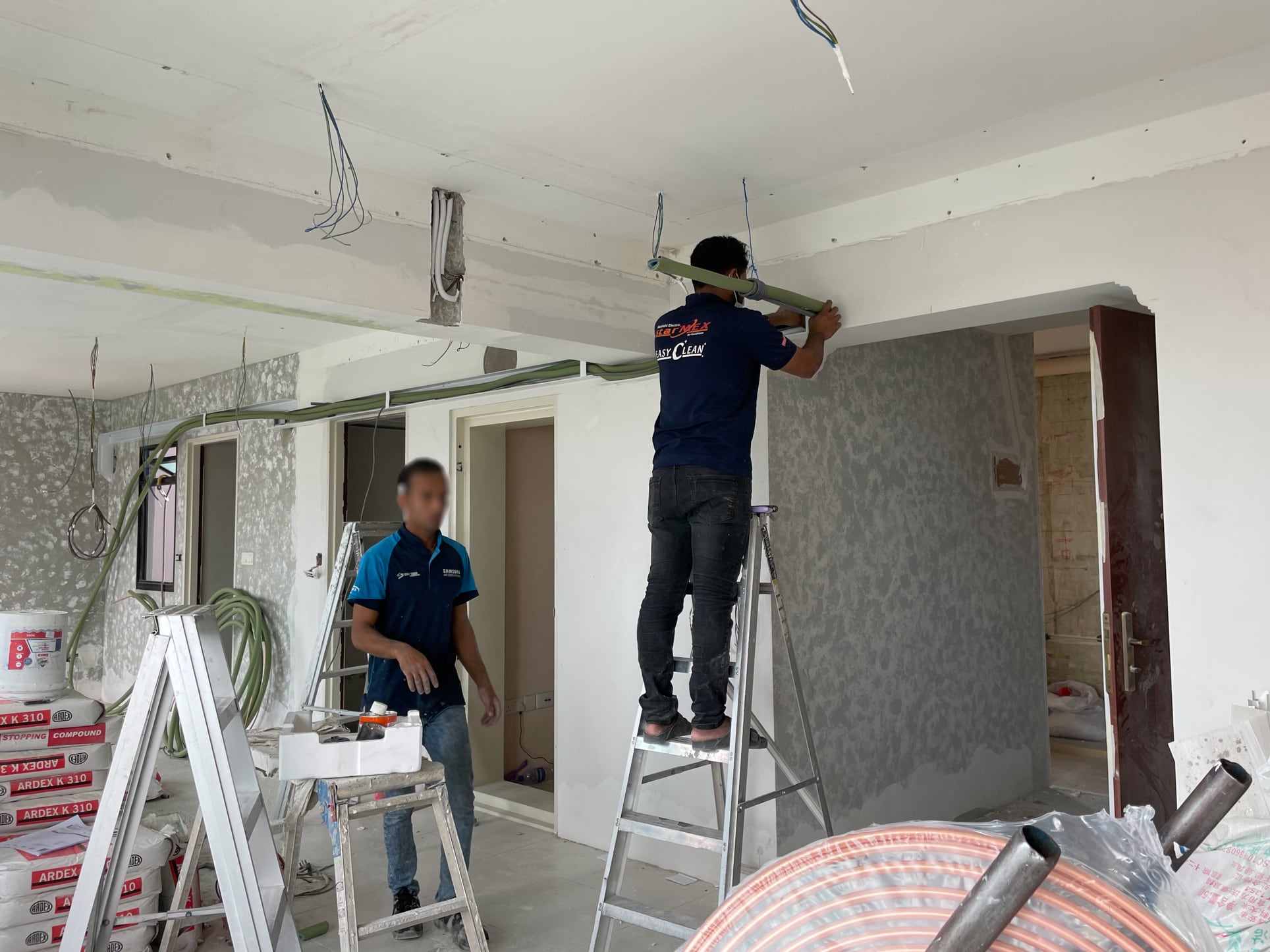
Get The Property Insights Serious Buyers Read First: Join 50,000+ readers who rely on our weekly breakdowns of Singapore’s property market.
A seasoned content strategist with over 17 years in the real estate and financial journalism sectors, Ryan has built a reputation for transforming complex industry jargon into accessible knowledge. With a track record of writing and editing for leading financial platforms and publications, Ryan's expertise has been recognised across various media outlets. His role as a former content editor for 99.co and a co-host for CNA 938's Open House programme underscores his commitment to providing valuable insights into the property market.
When it comes to property valuation, renovations are the most elusive quality. There’s no universally accepted way to decide which renovations are worth more or less, or by what dollar amount. But just as there are valuation companies that can (allegedly) factor in your renovations, there are rough guidelines. Here are some that have been relevant for the past decade:
Important note: Interior design is subject to ongoing trends
What’s considered desirable today may not be in five to 10 years down the road; at that point, renovations that would be valued today may be considered dated or undesirable.
In the 1970s, designers made liberal use of wallpaper with bold designs; something that home buyers today tend to consider obnoxious. In the 1990s, there was a brief trend of painting bedroom ceilings black and then using LED lights to simulate the night sky; many buyers today think it makes the whole room too dark.
In general, it’s safest to stick with low-key, perennially modern themes, rather than chase trends. Also, check back with us in a few years, to see if the information below still applies.
Table Of Contents
- 1. As a loose rule of thumb, don’t reduce the number of rooms
- 2. Remodel kitchens to add more storage space
- 3. Spend on lasting improvements, rather than appliances and novelties
- 4. You usually can’t go wrong with better lighting fixtures
- 5. Place extra attention on the front door and gate, and the windows
- 6. Invest in bathrooms and flooring
- 7. Minimise the number of build-ins
1. As a loose rule of thumb, don’t reduce the number of rooms
It’s almost always safer to add rooms than to remove them. Most buyers prefer that you do not combine two rooms into a single big one. This isn’t appreciated by family buyers, who may want separate rooms for the children, and it’s especially frowned upon by landlords, who prefer having one more room to rent out.
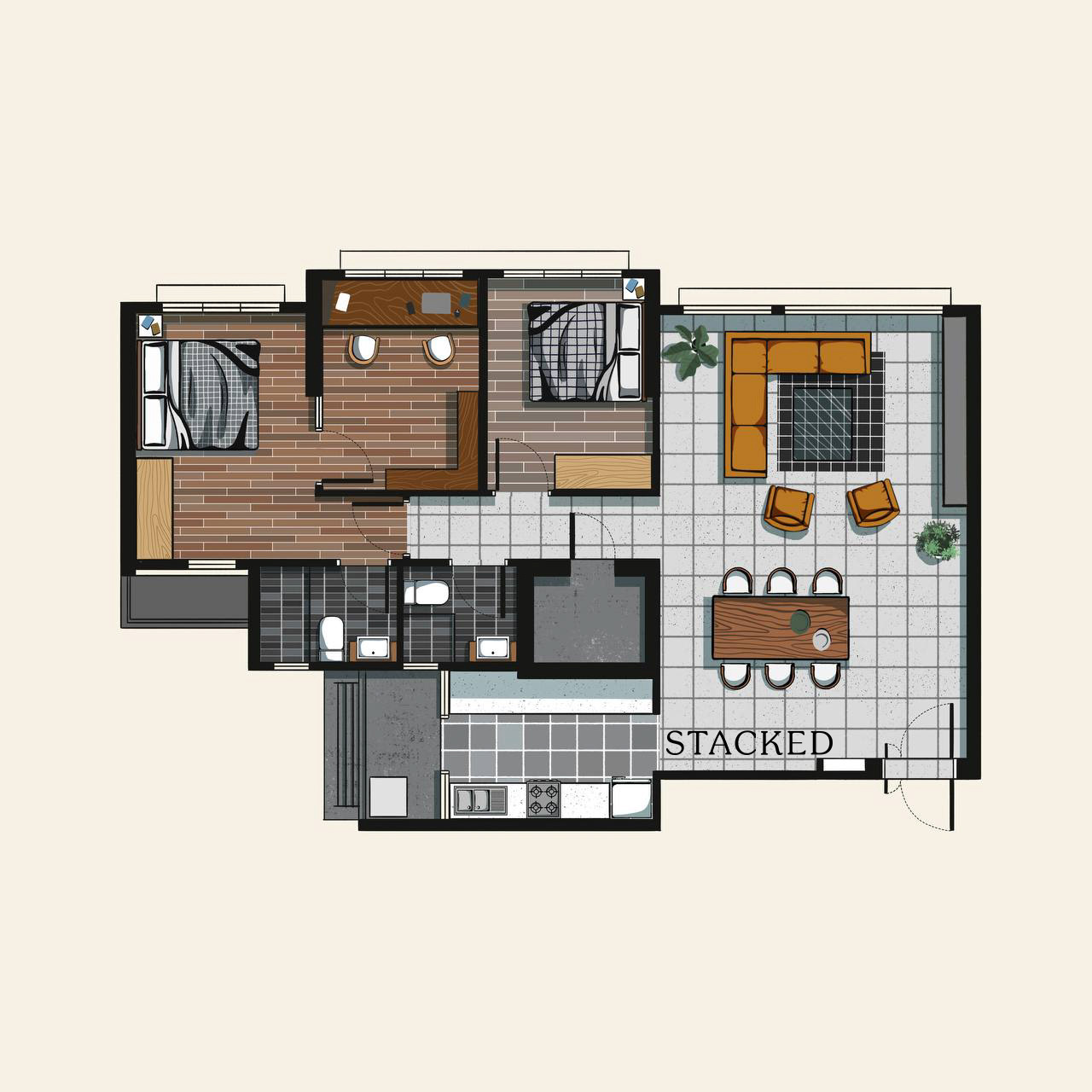
There are two instances, however, when combining spaces may be harmless:
The first is to combine a dining room with the living room, or to combine a dining room with the kitchen (usually making for an open-concept kitchen). It’s usually older floor plans that bother to separate the dining room from other areas, and today we’re used to having it blend with the kitchen or living area.
The other instance is for floor plans where the maid’s room may have its own attached toilet and bath. If you don’t have a maid using the room, and you can’t rent it out (few tenants want a room that small), you might consider turning the entire space into a single larger toilet with a bathtub, bigger cabinets, etc. This may be useful for larger families, or for multiple tenants to share.
2. Remodel kitchens to add more storage space
Almost every buyer or tenant considers this to be an advantage, so long as the renovations stay well maintained (i.e., no sagging wood, or cupboards that can’t close right).
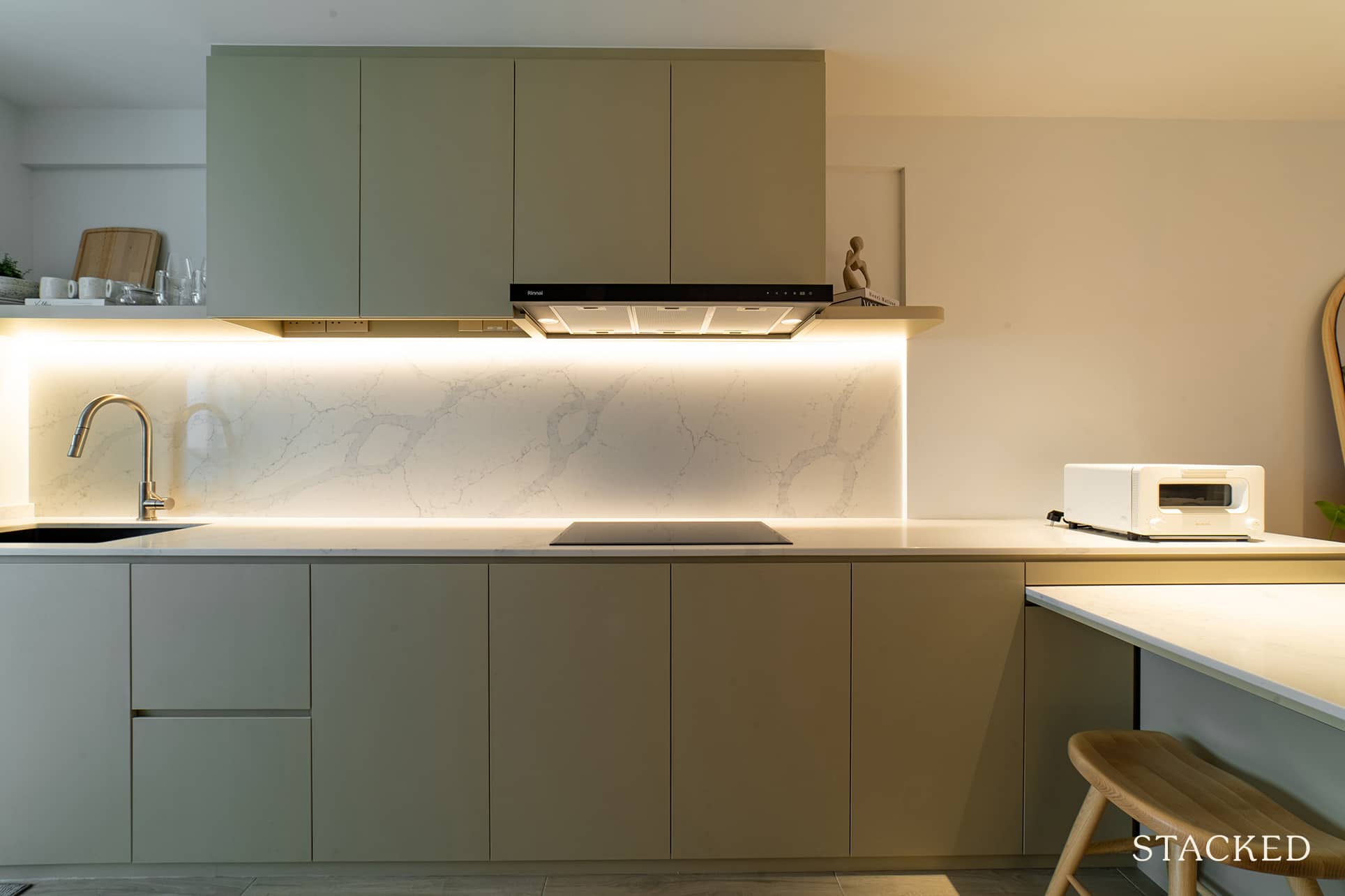
Designers can be quite creative in finding new storage spaces, from the kitchen island, to spaces above existing cabinets (some older kitchen designs leave significant gaps between the tops of cabinets and the ceiling). The sides of cabinets can also be turned into storage spaces, such as by adding racks to hang pots, pans, etc. off of them.
The trade-off here may be the price though – adding storage space to kitchens often means custom carpentry, and that’s currently one of the most expensive elements of reno work.
3. Spend on lasting improvements, rather than appliances and novelties
These are improvements like increasing the floor-to-ceiling height by removing a false ceiling, or adding square footage to a living room by removing an unnecessary feature (e.g. protruding feature wall).
These types of renovations pay off more than, say, putting in a new air-conditioner, or a fancier washer/dryer. Those appliances are more likely to depreciate or even go obsolete over time, whereas structural improvements last throughout.
This also means avoiding too much novelty, or the use of theme rooms. Nurseries, for instance, aren’t useful after your children grow up. Likewise, reconsider especially novel themes like making your living room resemble a kopitiam, or making your bedroom look like a Super Mario level.
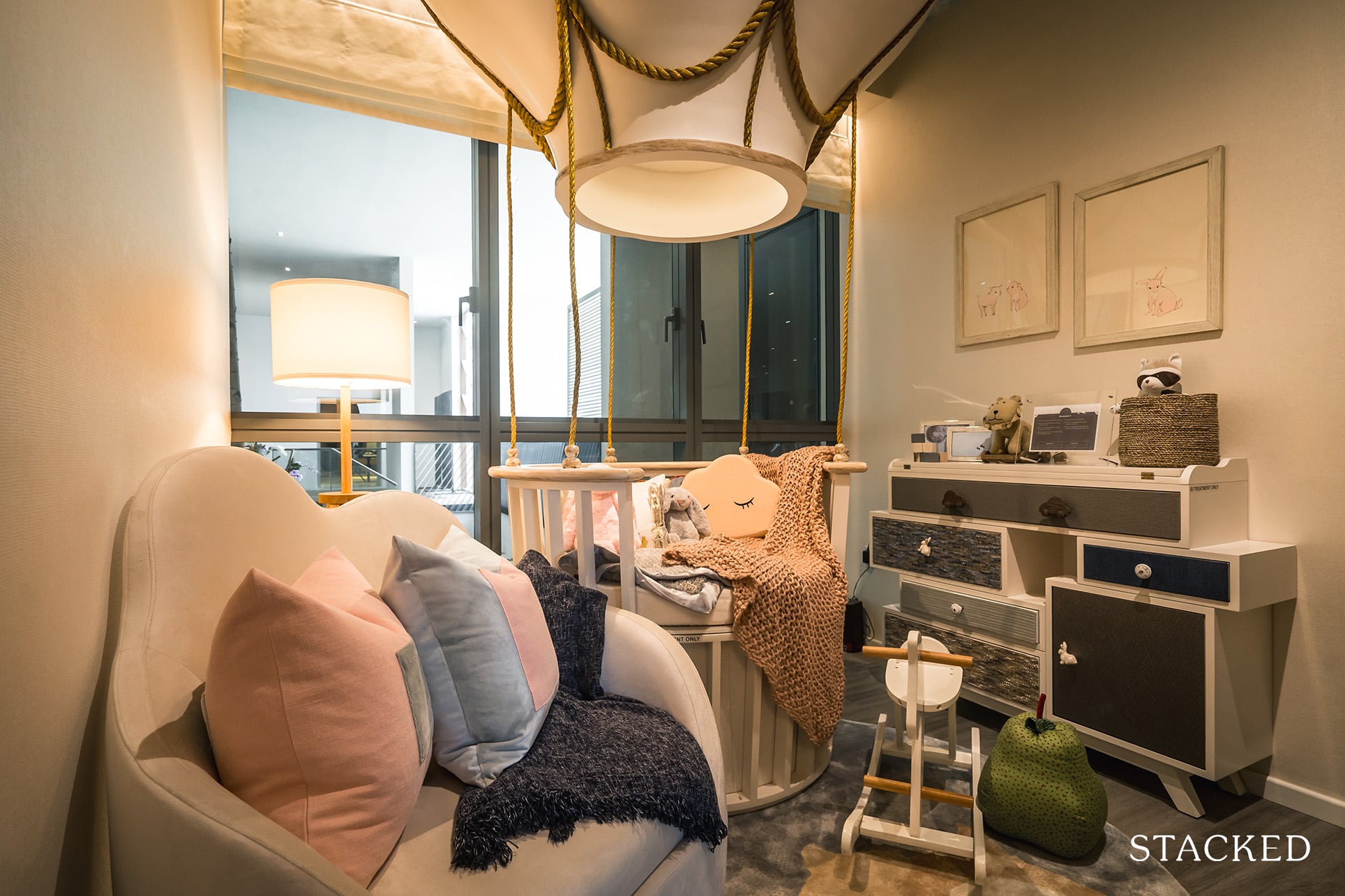
Novelties tend to be pricey and niche, and future buyers will just see something they need to pay to tear down.
This is a real killjoy, we know; but if your emphasis is the resale value of your home, or improving it as a rental asset, you do lose some of the fun and personality.
4. You usually can’t go wrong with better lighting fixtures
Better illumination almost always improves the way the property looks, so the light fixtures are a priority. It’s always a good idea to remove older ones that are clouded, flickering, or just too dim.
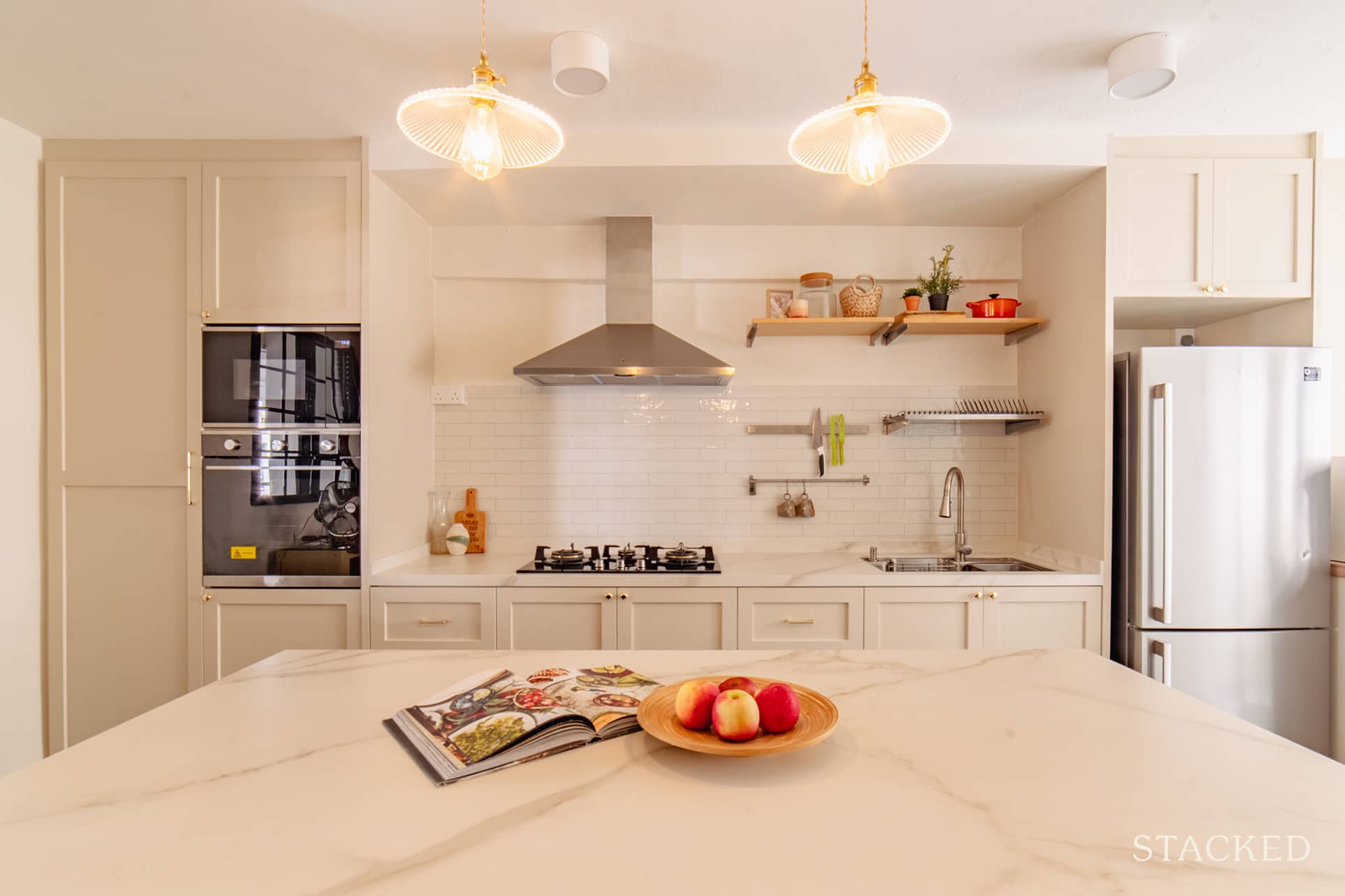
Recent trends have shown greater acceptance of up-lights (e.g., floor lamps aimed up at the ceiling), for softer lighting effects. Buyers and tenants these days have also taken a shine to smart lighting systems, the sort that can be controlled from your phone – these aren’t very expensive to install.
Otherwise, it’s best to err on the side of the boring but functional.
More elaborate lighting fixtures, like chandeliers, are often considered difficult to clean by many buyers and tenants; and very old light fixtures may accumulate rust or Verdigris (a greenish hue that forms on brass). As a rule, anything that needs frequent polishing is probably going to be considered troublesome, and just something the buyer wants to get rid of.
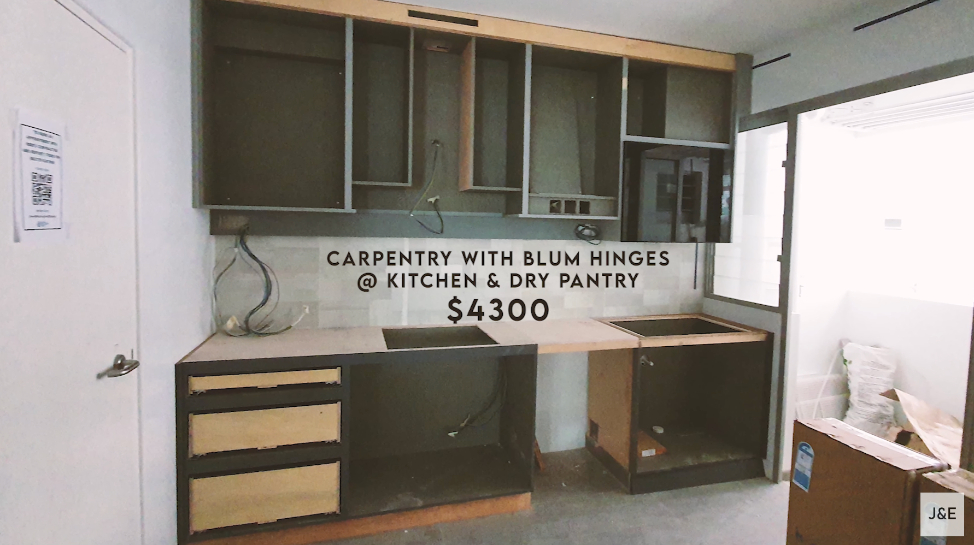
Homeowner StoriesA $45,000 HDB Renovation Breakdown: A Couple Shares Their Reno Costs And Furnishings
by Ryan J. Ong5. Place extra attention on the front door and gate, and the windows
If the front gate is rusted, or the paint on the front door is flaking, buyers and tenants will start off with a bad impression (think of the times you’ve been to a bad hotel and instantly known it from the flaking paint or bad lock on the room door).
Windows affect ventilation and natural light, and shouldn’t be rusted or sagging. It’s almost always worth spending money to improve or clean these; clouded old windows have a dreary “haunted house” effect that can make the rest of the property seem depressed.
You don’t need very fancy doors or windows; but at the very least, your renovations should ensure they’re new and polished.
6. Invest in bathrooms and flooring
One example of this are five-year old flats, which are bought right after their MOP. If you own property of this sort, chances are the renovations are very new. There’s probably no need to hack away everything and redo the place from scratch.
As a loose rule of thumb, you can focus on maintenance related renovations for the bathroom, if the current renovations are 10 years or younger. This means minimal changes to just overlay the tiles. The cost can be as little as $3,000 to $5,000, if you’re just taking these small steps.
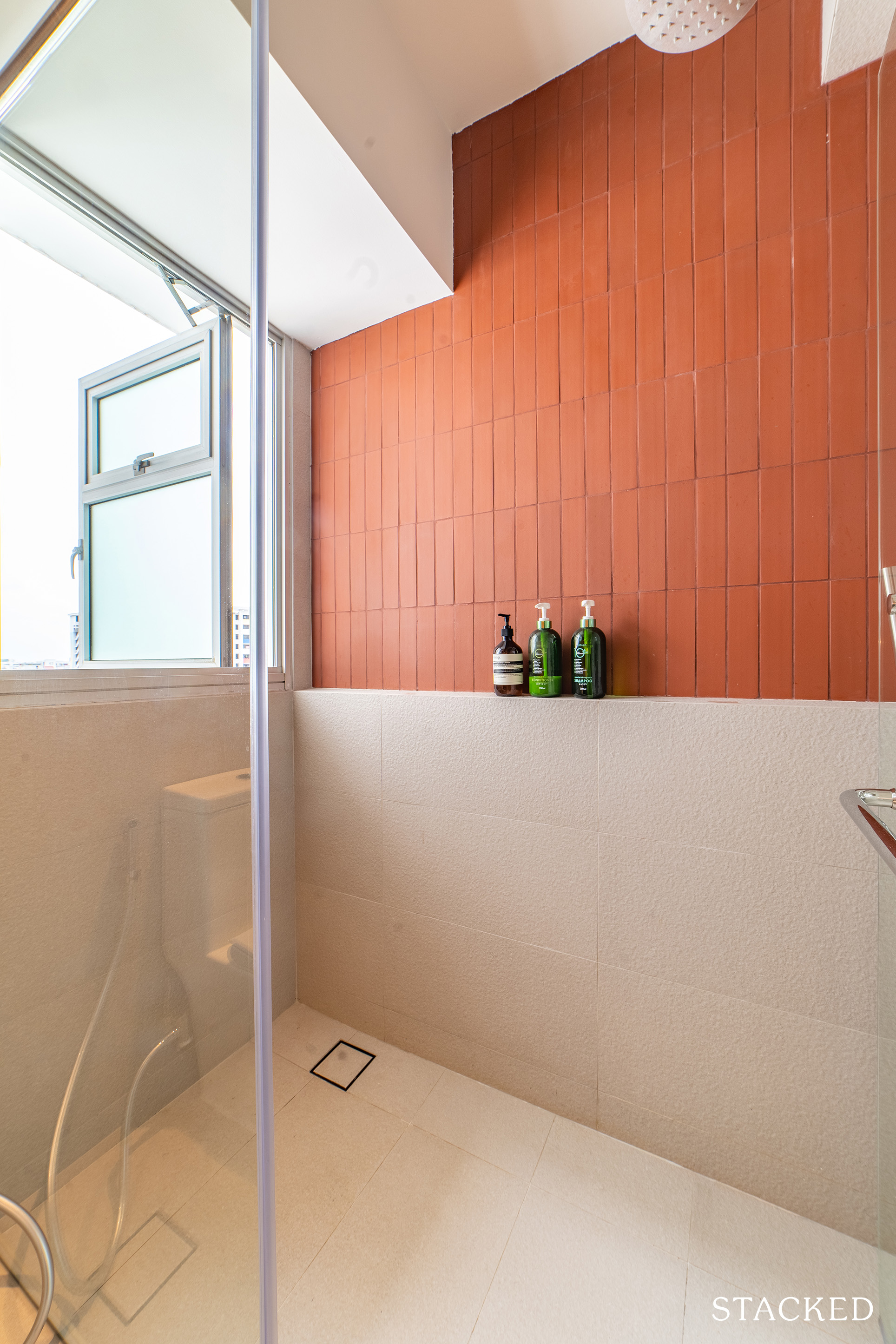
Conversely, if the renovations are older than 10 years, it may be better to hack things away and redo them (the cost of continued maintenance may be higher than just installing new parts). Toilets, in particular, may have to be hacked away and redone after long periods over a decade. This can add up to $6,000 to $8,000 to your costs for a single smaller bathroom; but it’s better that then have a run-down toilet, which potential buyers know that they need to incur when they take over.
Likewise for flooring, which can be a big cost for homeowners to undertake. It’s good to invest in good quality flooring as experienced homeowners will be attracted to not having to spend additional sums to redo the floors. So unless you are just bent on having wood or cement screed floors, it’s best to stick to good quality vinyl floors or marble (even if it’s higher maintenance), as these stand a better chance of maintaining its look in the long run.
7. Minimise the number of build-ins
Try to avoid having too many custom, built-in spaces for things like television sets, platform beds, or study tables. These tend to be pricey as they involve carpentry – and they tend to fit only the specific object they’re built around.
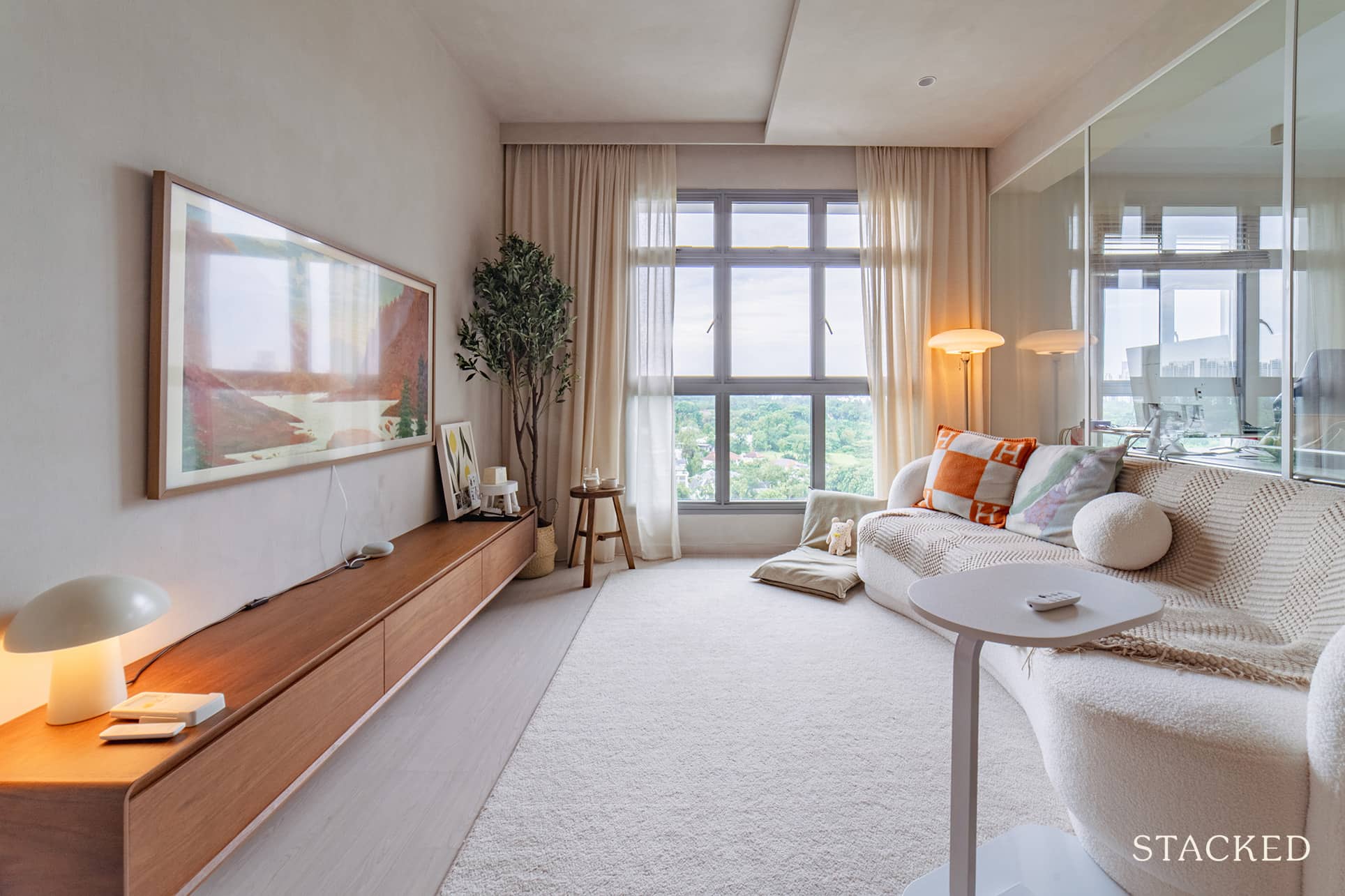
It can be a problem, for example, if you switch to a bigger TV set, and it no longer fits the built-in furnishings, like the slot on the feature wall. This will also be an issue to future buyers, who are pretty much forced to hack away such custom work. That will do nothing to add to their offer price.
With other renovations, don’t overspend as there’s no sure way to guarantee a return
If you rip up your vinyl flooring to install real wood, for example, that’s still no guarantee that future buyers are willing to pay the difference. Likewise, there’s no telling if future buyers will appreciate features such as kitchen islands or walk-in wardrobes, as these are highly personal preferences. You may find a kitchen island is a great place to entertain and for children to do homework; but your future buyer may see it as a waste of space.
Stick to primarily maintenance-oriented renovations, if you’re an investor rather than a homeowner. So long as everything works comfortably, investors can forego designer brands or extensive custom work.
For more tips on home buying or property investment, follow us on Stacked. We’ll also provide you with reviews of new and resale properties alike.
If you’d like to get in touch for a more in-depth consultation, you can do so here.
Have a real estate question, or not sure what your options are? Email us at stories@stackedhomes.com.
Ryan J. Ong
A seasoned content strategist with over 17 years in the real estate and financial journalism sectors, Ryan has built a reputation for transforming complex industry jargon into accessible knowledge. With a track record of writing and editing for leading financial platforms and publications, Ryan's expertise has been recognised across various media outlets. His role as a former content editor for 99.co and a co-host for CNA 938's Open House programme underscores his commitment to providing valuable insights into the property market.Read next from Property Advice

Property Advice Should We Buy An Old 99-Year Leasehold Condo To Live In: Will It’s Value Fall When The Lease Runs Out?

Property Advice We Own A $800K 1-Bedder And A $1.1M 3-Bedder: Is It Possible To Upgrade To A 4-Bedder Condo?

Property Advice I Own A 55-Year-Old HDB Flat, But May Have To Sell — Can I Realistically Buy A Freehold Condo With $700K?

Property Advice We Own A 2-Bedder Condo In Clementi: Should We Decouple To Buy A Resale 3 Bedder Or Sell?
Latest Posts

Editor's Pick 2025 Year-End Review Of The Singapore Property Market: What The Numbers Reveal

Pro This 21-Year-Old Condo Didn’t Sell Out Initially, Yet Became A Top Performer

Editor's Pick How The HDB Resale Market Performed In 2025, And What It Means For 2026 Prices

Editor's Pick 4 Key Trends Reshaping Singapore’s New Launch Condo Market In 2026

Editor's Pick What I Only Learned After My First Year Of Homeownership In Singapore

Singapore Property News Why More Land Doesn’t Automatically Fix Housing In Singapore

On The Market Here Are The Cheapest 4-Room HDB Flats in Central Singapore You Can Still Buy From $490K

Pro How A Once “Ulu” Condo Launched In 1997 Became A Top Performer

Editor's Pick I Reviewed A New Launch 4-Bedroom Penthouse At Beauty World

Property Market Commentary When Renting In Singapore Is The Smarter Move — And Buying Can Wait

Editor's Pick Why Singaporean Families Are Looking At This Landed Enclave From Around $4M

Singapore Property News Lentor’s First Condo Is Complete — The Early Profits May Surprise You

Editor's Pick A Wave Of New HDB Resale Supply Is Coming In 2026: Here’s Where To Find Them

On The Market These Are Some Of The Cheapest 5-Room HDB Flats Left In Central Singapore

Pro This 698-Unit Ang Mo Kio Condo Launched At The Wrong Time — And Still Outperformed Peers


